The NYRB China Archive
08.21.14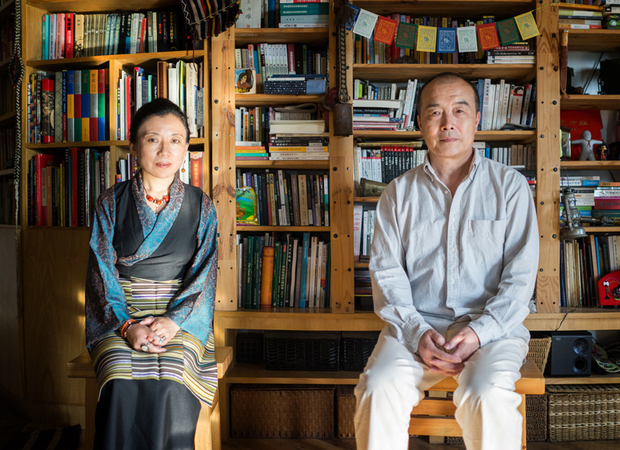
Beyond the Dalai Lama: An Interview with Woeser and Wang Lixiong
from New York Review of Books
In recent months, China has been beset by growing ethnic violence. In Tibet, 125 people have set themselves on fire since the suppression of 2008 protests over the country’s ethnic policies. In the Muslim region of Xinjiang, there have been a series...
ChinaFile Recommends
07.31.14State-Appointed Muslim Leader Killed in China
Wall Street Journal
Deatils on the death of Jume Tahir, who was killed early on the morning of June 30, are unclear one day later and sentiments among Chinese Muslims are mixed. This is not the first time an imam has been murdered in China.
ChinaFile Recommends
07.31.14China Charges Leading Uighur Professor with Separatism
New York Times
Although not unexpected, analysts say the decision to criminally prosecute Ilham Tohti is a clear signal that the Communist Party leadership under President Xi Jinping will broach no criticism of its increasingly hard-line ethnic policies.
ChinaFile Recommends
07.07.14China Denies Entry to an American Scholar Who Spoke Up for a Uighur Colleague
New York Times
When Elliot Sperling landed in Beijing, he found himself dragged by border officers back to the same jet that he had flown in on, despite the fact he had arrived with a valid one-year tourist visa.
Media
05.19.14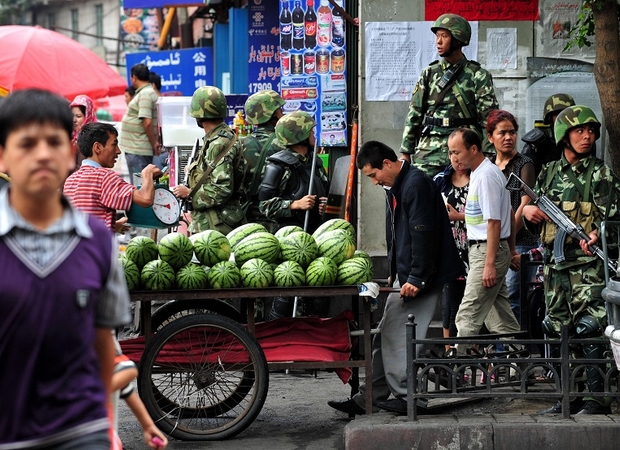
One Uighur Man’s Journey in Two Cultures
Over the past two months, the relationship between China’s estimated 10 million Uighurs, a Turkic-speaking people, most of whom follow some form of Sunni Islam, and the majority Han population has deteriorated after a series of violent incidents...
ChinaFile Recommends
03.11.14After 3/1: The Dangers of China’s Ethnic Divide
New Yorker
The pressure posed by ethnic unrest is the biggest story on the Chinese horizon, and that struggle—the pressure from below, and the response it will bring—just moved into the foreground.
ChinaFile Recommends
03.05.14China Charges Prominent Uighur Professor with Separatism
Reuters
The government’s case against Ilham Tohti is the latest sign of its hardening stance on dissent in Xinjiang, where unrest in the past year has killed more than 100, including several police, according to state media.
Conversation
02.13.14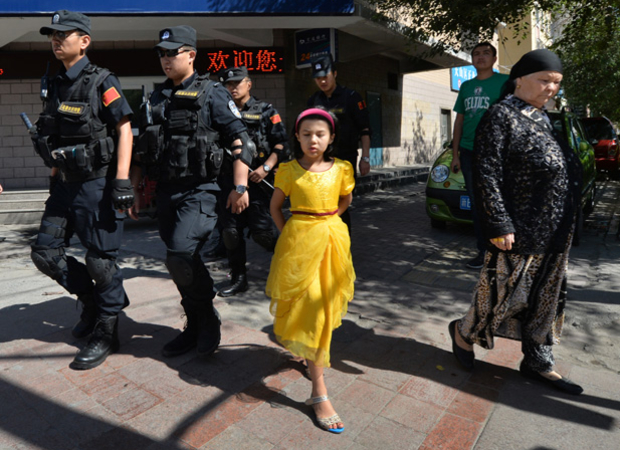
Are Ethnic Tensions on the Rise in China?
On December 31, President Xi Jinping appeared on CCTV and extended his “New Year’s wishes to Chinese of all ethnic groups.” On January 15, Beijing officials detained Ilham Tohti, a leading Uighur economist and subsequently accused him of “separtist...
ChinaFile Recommends
01.27.14China Accuses Uighur Intellectual of Separatism for His Advocacy Work
New York Times
The news comes at a time of intensifying bloodshed in Xinjiang despite a growing security presence by Chinese personnel.
ChinaFile Recommends
12.16.13Riot in China’s Xinjiang Kills 16, ‘Terror Gang’ Blamed
Reuters
Chinese police shot and killed 14 people during a riot near the old Silk Road city of Kashgar in which two policemen were also killed, the latest unrest in a region that has a substantial Muslim population.
ChinaFile Recommends
11.08.13China’s State Media Calls for Strong Action on Tiananmen Attack
Reuters
Chinese state media demanded severe punishment on October 31 after the government blamed militants from restive Xinjiang for an attack in Tiananmen Square, as the exiled leader of the region’s Uighur minority called for an independent probe.&...
ChinaFile Recommends
11.08.13Police Examine Possible Xinjiang Link in Deadly Tiananmen Crash
New York Times
After the car crash in Tiananmen Square, Chinese authorities have now named two suspects from Xinjiang, the troubled western region whose ethnic Uighur population has become increasingly disenchanted with Chinese policies.
Media
10.31.13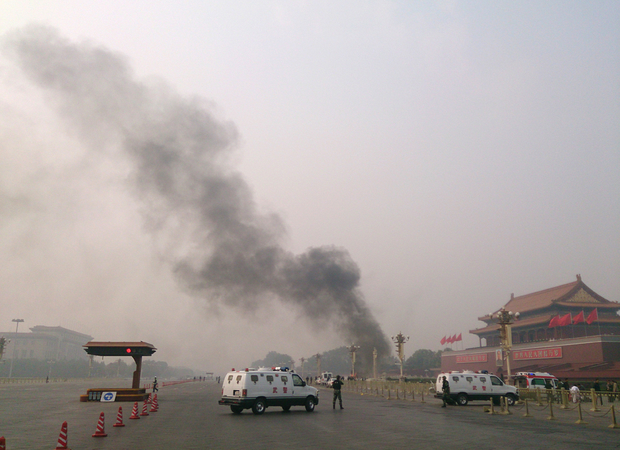
Tiananmen Attack Spotlights China’s Beleaguered Uighurs
On October 28, a jeep plowed into a group of pedestrians and burst into flames on the avenue next to Tiananmen Square, the massive public square in Beijing that is the symbolic heart of the Chinese capital. According to Chinese state media reports,...
ChinaFile Recommends
10.08.13Chinese Police Shoot Dead Seven Uighurs in Kashgar
Radio Free Asia
Four died after police in Yarkand county, which is administered by the Silk Road city of Kashgar, opened fire on a group of Uighurs in a private residence on October 3 after suspecting them of “illegal assembly,” the Munich-based World Uyghur...
ChinaFile Recommends
10.08.13Uighurs in China Say Bias Is Growing
New York Times
Discrimination in employment, common across western Xinjian, is one of the many indignities China’s 10 million Uighurs face in a society that increasingly casts them as untrustworthy and prone to religious extremism.
ChinaFile Recommends
10.01.13Uighurs at Xinjiang Mosque Have to Face China Flag When Praying
Al Jazeera
Prominent Uighur rights advocate Ilham Tohti called the local government’s move an effort to “dilute the religious environment” in the area, where minority Uighurs often complain of ethnic and religious repression.
ChinaFile Recommends
09.27.13Up to 12 Uyghurs Shot Dead in Raid on Xinjiang ‘Munitions Center’
Radio Free Asia
Authorities in China’s restive northwestern region of Xinjiang have shot dead up to a dozen Uyghurs and wounded 20 others in a raid on what they said was a “terrorist” facility, according to local officials and residents.
Media
09.25.13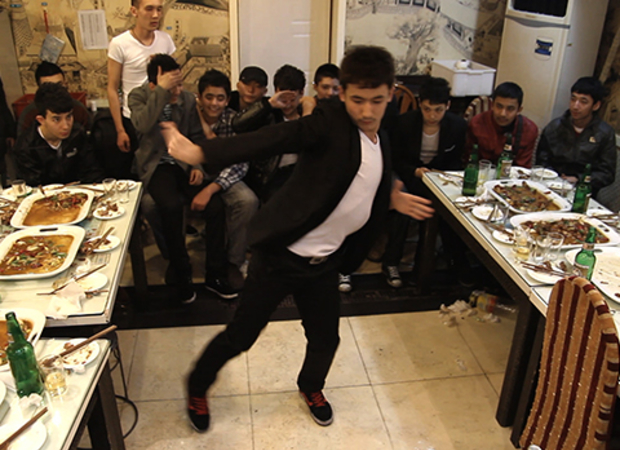
The Silk Road of Pop
Most coverage of Xinjiang focuses on the tensions between Han and Uighur in the region, especially since the 2009 Urumqi riots. The Silk Road of Pop, a new documentary about Uighur music directed by Sameer Farooq, is a timely portrait of the rich...
Postcard
09.25.13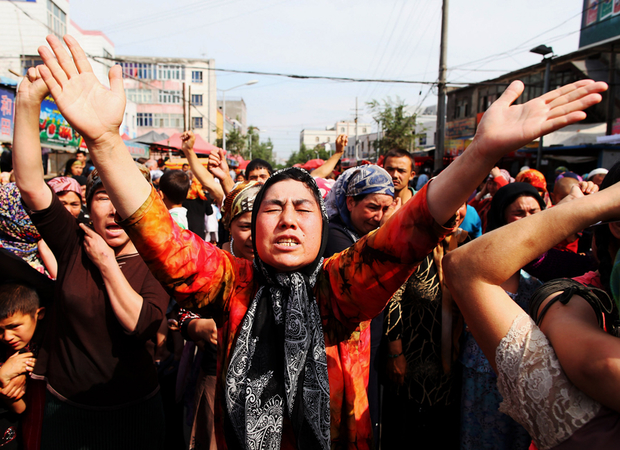
The Strangers
In the winter of 2009, I was spending my weekends in the northeast Chinese city of Tangshan, and eating most of my food from the far-western province of Xinjiang. Like many minorities, the Uighur, the native people of Xinjiang, have made their chief...
Sinica Podcast
08.02.13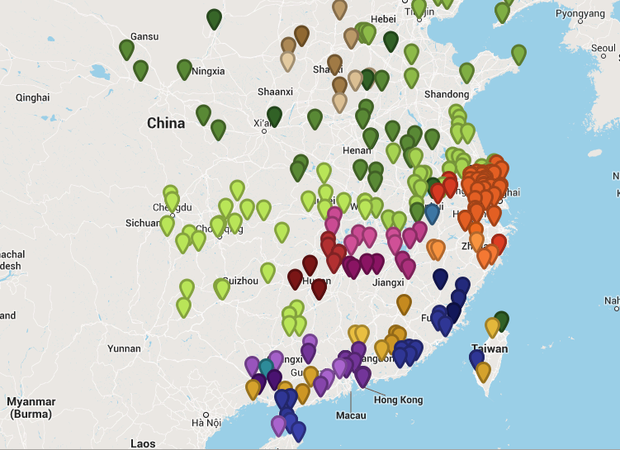
Shop Talk with Phonemica
from Sinica Podcast
Feeling crowded out by all the laowai speaking putonghua these days? Fortunately for the more adventurous among us, China has no shortage of other dialects, which is why we are delighted to host the creators of Phonemica, a crowd-sourced project to...
ChinaFile Recommends
07.02.13Mixed Signals On China’s Policies in Tibet
Voice of America
Worshipping the Dalai Lama remains illegal in Tibetan areas of China, despite earlier reports of changes in China's policies in Lhasa and in some parts of neighboring Qinghai province.
ChinaFile Recommends
07.01.13Unrest In Xinjiang Incites Military Crackdown
China Digital Times
State-run media reported that more than 100 people riding motorcycles, some wielding knives, attacked a police station in remote Hotan on Friday. It follows Wednesday’s clashes elsewhere in Xinjiang which killed 35. At a meeting...
ChinaFile Recommends
06.28.13Ministry of Truth: Xinjiang Violence
China Digital Times
27 people are dead after crowds attacked a police station and other government offices yesterday. The police opened fire, killing at least 10. The motive for the riot is still unclear, but ethnic tension is high in the...
ChinaFile Recommends
06.26.1327 Die in Rioting in Ethnically Divided Western China
New York Times
At least 27 people died in rioting in far western China on Wednesday, when protesters attacked a police station and government offices and the police fired on the crowd, state media said. It was the worst spasm of violence for years in Xinjiang.
ChinaFile Recommends
05.28.13Settlers in Xinjiang: Circling the Wagons
Economist
A network of immigrant settlements dominated by Han Chinese are adding to ethnic tensions by excluding ethnic Uighurs from commercial opportunities.
ChinaFile Recommends
05.21.13Ai Wei Wei Films Street Brawl (Video)
Sky News
The dissident Chinese artist Ai Weiwei has filmed a fight in China in which dozens of Han Chinese brawled with Tibetans in a street in Beijing. Witnesses said the scrap was between ethnic Tibetan street vendors and Beijing's native Han...
ChinaFile Recommends
03.08.13National People’s Congress Kicks Off With A Kaleidoscope Of Diversity
People’s Daily Online
Photos of the various ethnic minorities represented at the 2013 National People's Congress, showcasing the government’s inclusiveness and the country’s diversity.
Video
09.18.12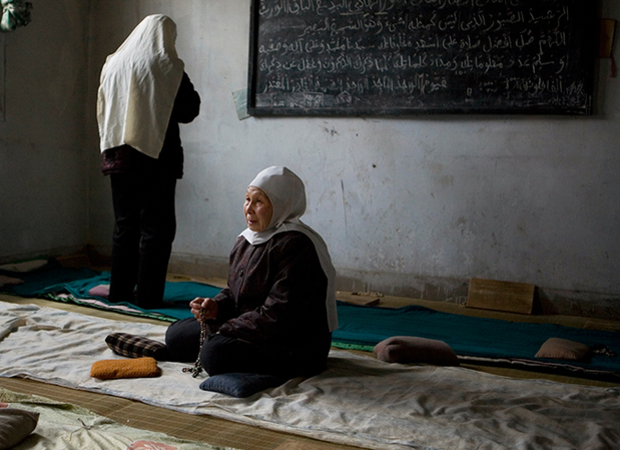
Last Call to Prayer
China’s Hui Muslims are unique in many respects. The country’s second-largest ethnic minority share linguistic and cultural ties with the majority in China that have allowed them to practice their religion with less interference and fewer...
Books
04.25.12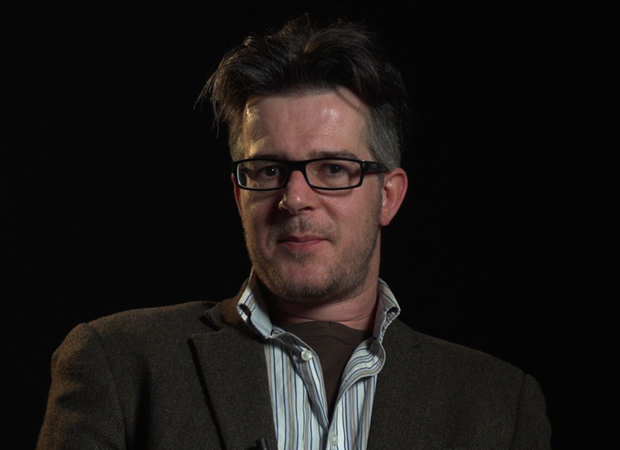
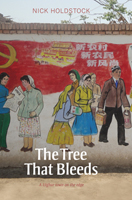
The Tree That Bleeds
In 1997 a small town in a remote part of China was shaken by violent protests that led to the imposition of martial law. Some said it was a peaceful demonstration that was brutally suppressed by the government; others that it was an act of terrorism. When Nick Holdstock arrived in 2001, the town was still bitterly divided. The main resentment was between the Uighurs (an ethnic minority in the region) and the Han (the ethnic majority in China). While living in Xinjiang, Holdstock was confronted with the political, economic and religious sources of conflict between these different communities, which would later result in the terrible violence of July 2009, when hundreds died in further riots in the region. The Tree that Bleeds is a book about what happens when people stop believing their government will listen. —Luath Press Limited
Books
09.28.11
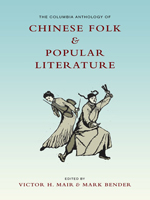
Columbia Anthology of Chinese Folk and Popular Literature
In The Columbia Anthology of Chinese Folk and Popular Literature, two of the world’s leading sinologists, Victor H. Mair and Mark Bender, capture the breadth of China’s oral-based literary heritage. This collection presents works drawn from the large body of oral literature of many of China’s recognized ethnic groups—including the Han, Yi, Miao, Tu, Daur, Tibetan, Uyghur, and Kazak—and the selections include a variety of genres. Chapters cover folk stories, songs, rituals, and drama, as well as epic traditions and professional storytelling, and feature both familiar and little-known texts, from the story of the woman warrior Hua Mulan to the love stories of urban storytellers in the Yangtze delta, the shaman rituals of the Manchu, and a trickster tale of the Daur people from the forests of the northeast. The Cannibal Grandmother of the Yi and other strange creatures and characters unsettle accepted notions of Chinese fable and literary form. Readers are introduced to antiphonal songs of the Zhuang and the Dong, who live among the fantastic limestone hills of the Guangxi Zhuang Autonomous Region; work and matchmaking songs of the mountain-dwelling She of Fujian province; and saltwater songs of the Cantonese-speaking boat people of Hong Kong. The editors feature the Mongolian epic poems of Geser Khan and Jangar; the sad tale of the Qeo family girl, from the Tu people of Gansu and Qinghai provinces; and local plays known as “rice sprouts” from Hebei province. These fascinating juxtapositions invite comparisons among cultures, styles, and genres, and expert translations preserve the individual character of each thrillingly imaginative work. —Columbia University Press
Books
11.01.10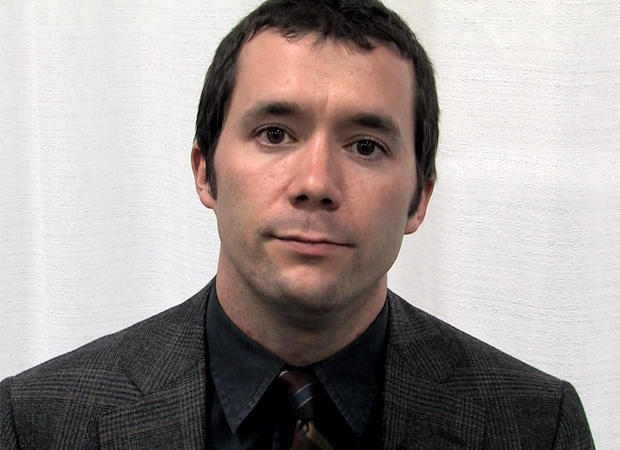
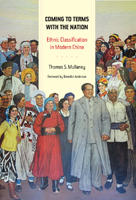
Coming to Terms with the Nation
China is a vast nation comprised of hundreds of distinct ethnic communities, each with its own language, history, and culture. Today the government of China recognizes just 56 ethnic nationalities, or minzu, as groups entitled to representation. This controversial new book recounts the history of the most sweeping attempt to sort and categorize the nation's enormous population: the 1954 Ethnic Classification project (minzu shibie). Thomas S. Mullaney draws on recently declassified material and extensive oral histories to describe how the communist government, in power less than a decade, launched this process in ethnically diverse Yunnan. Mullaney shows how the government drew on Republican-era scholarship for conceptual and methodological inspiration as it developed a strategy for identifying minzu and how non-Party-member Chinese ethnologists produced a “scientific” survey that would become the basis for a policy on nationalities. —University of California Press
The NYRB China Archive
11.08.07China’s Area of Darkness
from New York Review of Books
The very first anonymous star on the CIA’s wall of honor at Langley, Virginia (the agency rarely identifies its dead heroes), refers to Douglas MacKiernan, the agency’s man in Urumqi, the capital of what is now called the Xinjiang Uyghur Autonomous...
Reports
06.01.07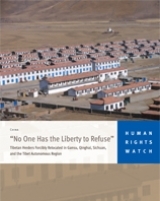
No One Has the Liberty to Refuse: Tibetan Herders Forcibly Relocated in Gansu, Qinghai, Sichuan, and the TAR
Human Rights Watch
This report describes the effects on Tibetan herders of Chinese government policies of resettlement, land confiscation, and fencing. The author draws on interviews with about 150 Tibetans from the areas directly affected, including Gansu, Qinghai,...
Reports
02.01.07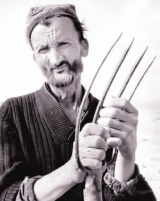
China: Minority Exclusion, Marginalization and Rising Tensions
Human Rights in China
This report documents the serious impediments to the fulfillment of China's human rights obligations, in the areas of ethnic minority political participation, development, and preservation of cultural identity. Given the destabilizing levels of...



